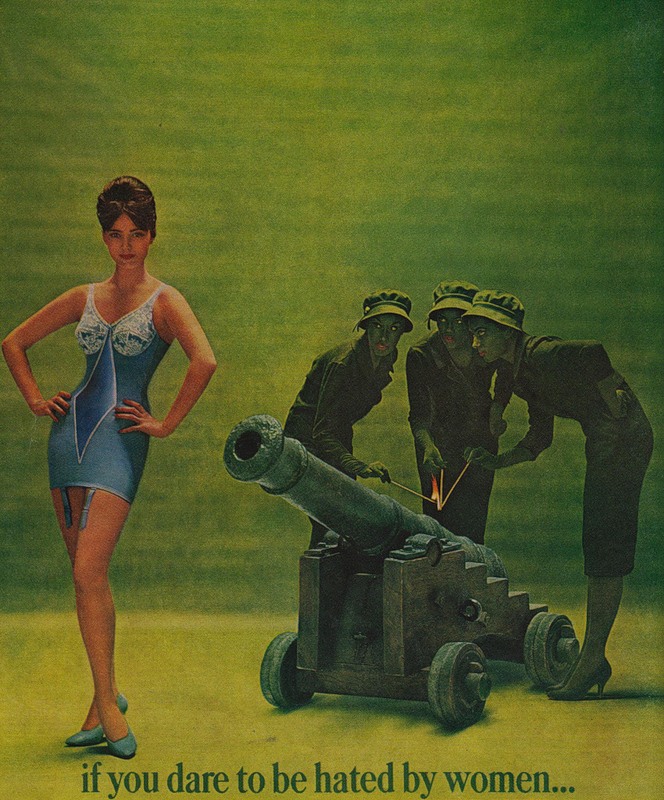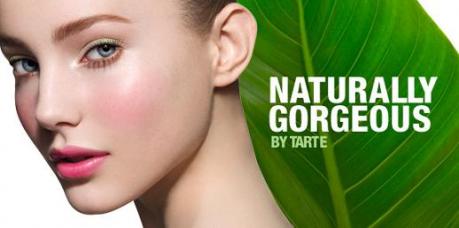Mary M., of Cooking with the Junior League, took a moment out of her busy Dodgers-watching schedule to send me a link to some posters for products aimed at African American women. They were displayed at the Negro Industrial Fair in NYC in 1939 and contain some fascinating ideas about femininity, beauty, and attracting a man.
Given that a woman’s best chance at economic stability was often through marriage, this one probably wasn’t all that off-base:
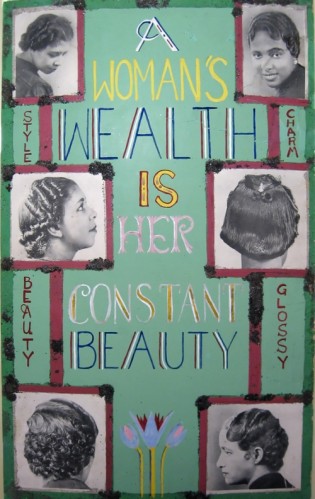
Of course, it takes an enormous amount of time, energy, and money to be sure your beauty is “constant.” But it’s necessary, because beauty is the true way to get a husband:
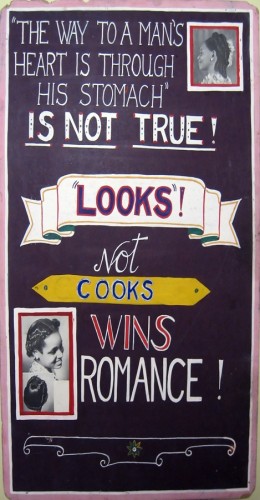
Notice the message in that one: you might be incredibly skilled in some areas of traditional femininity (say, cooking), but it’s not enough if you can’t combine it with beauty. And you can get charm and beauty through purchasing the right products:
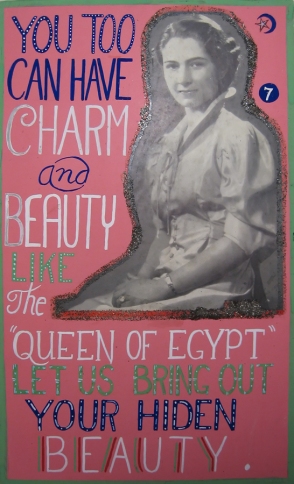
See also our post on Chris Rock’s documentary “Good Hair“and a woman gets fired for having an Afro.



